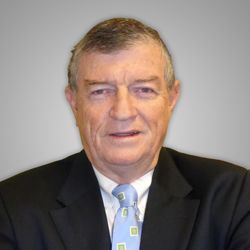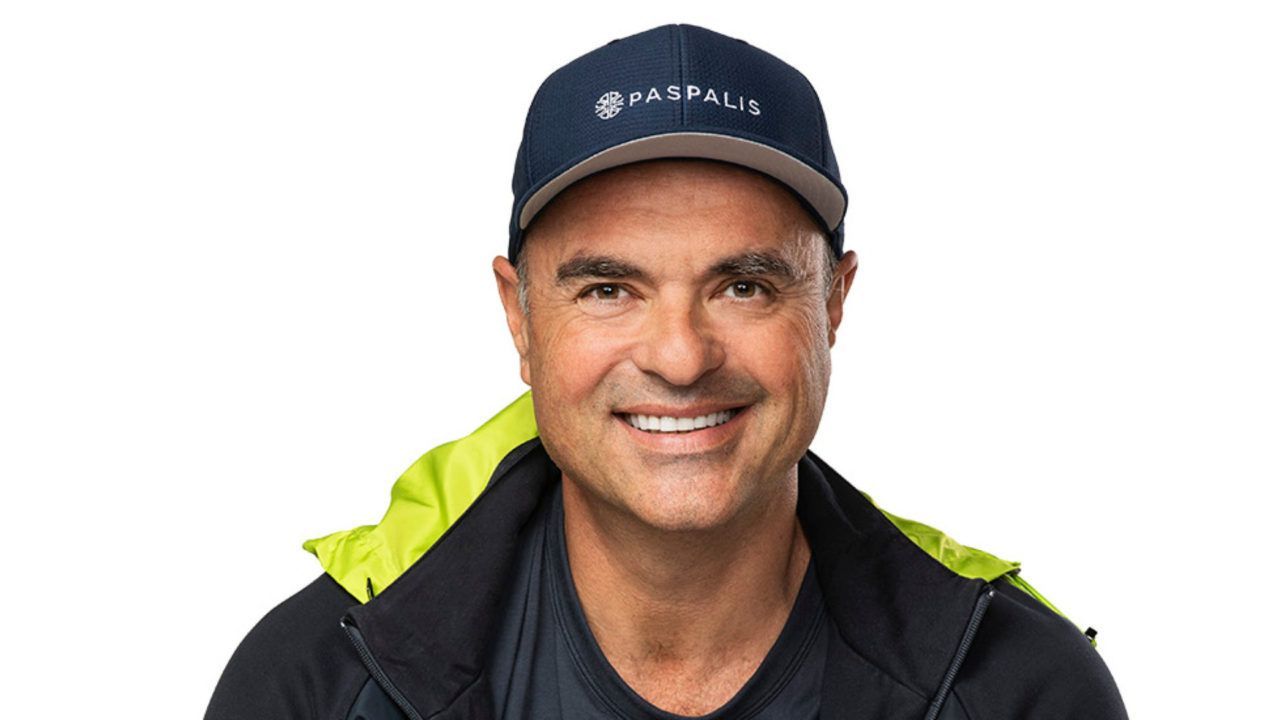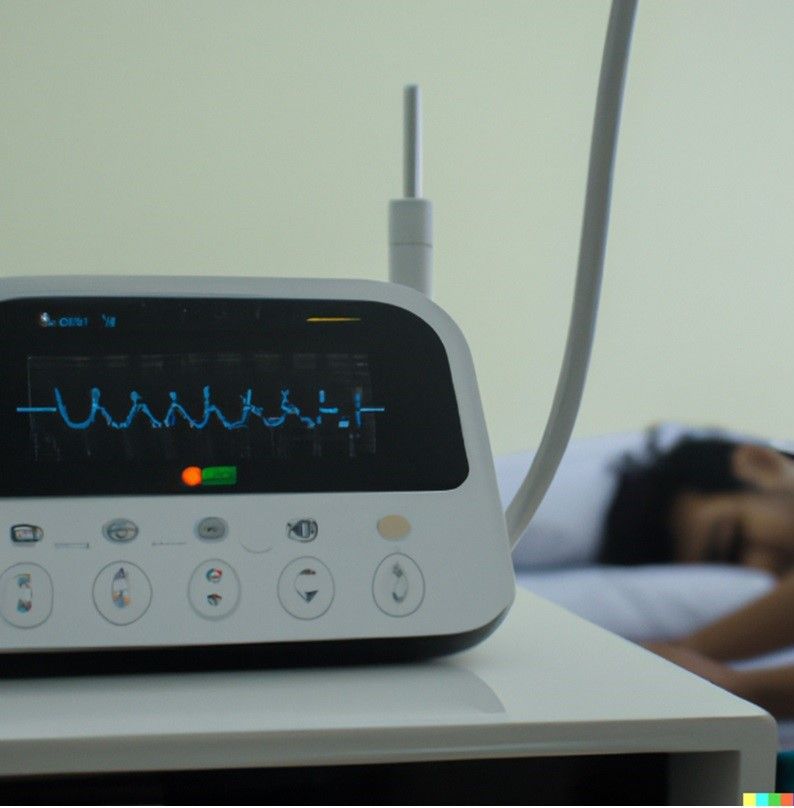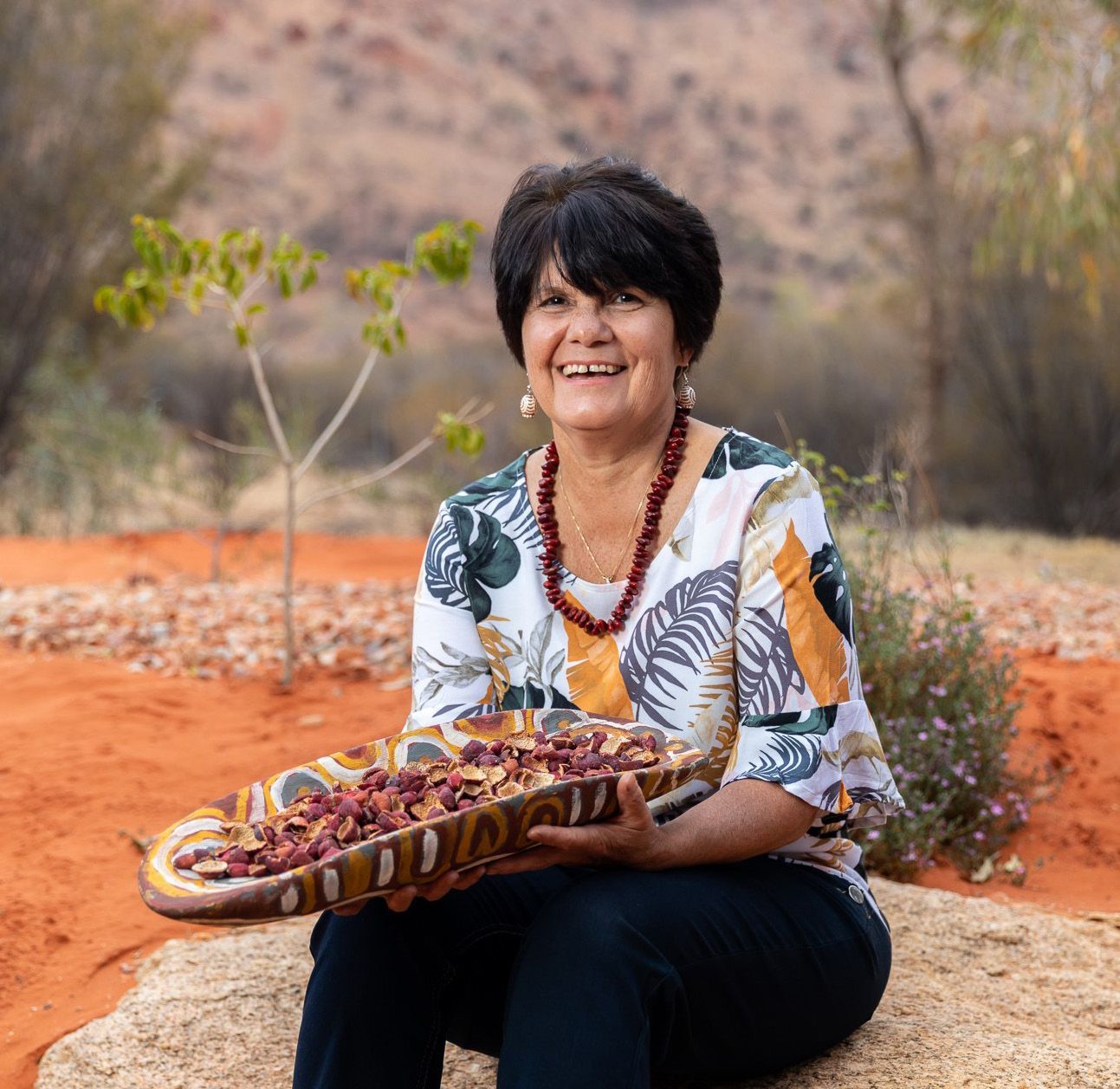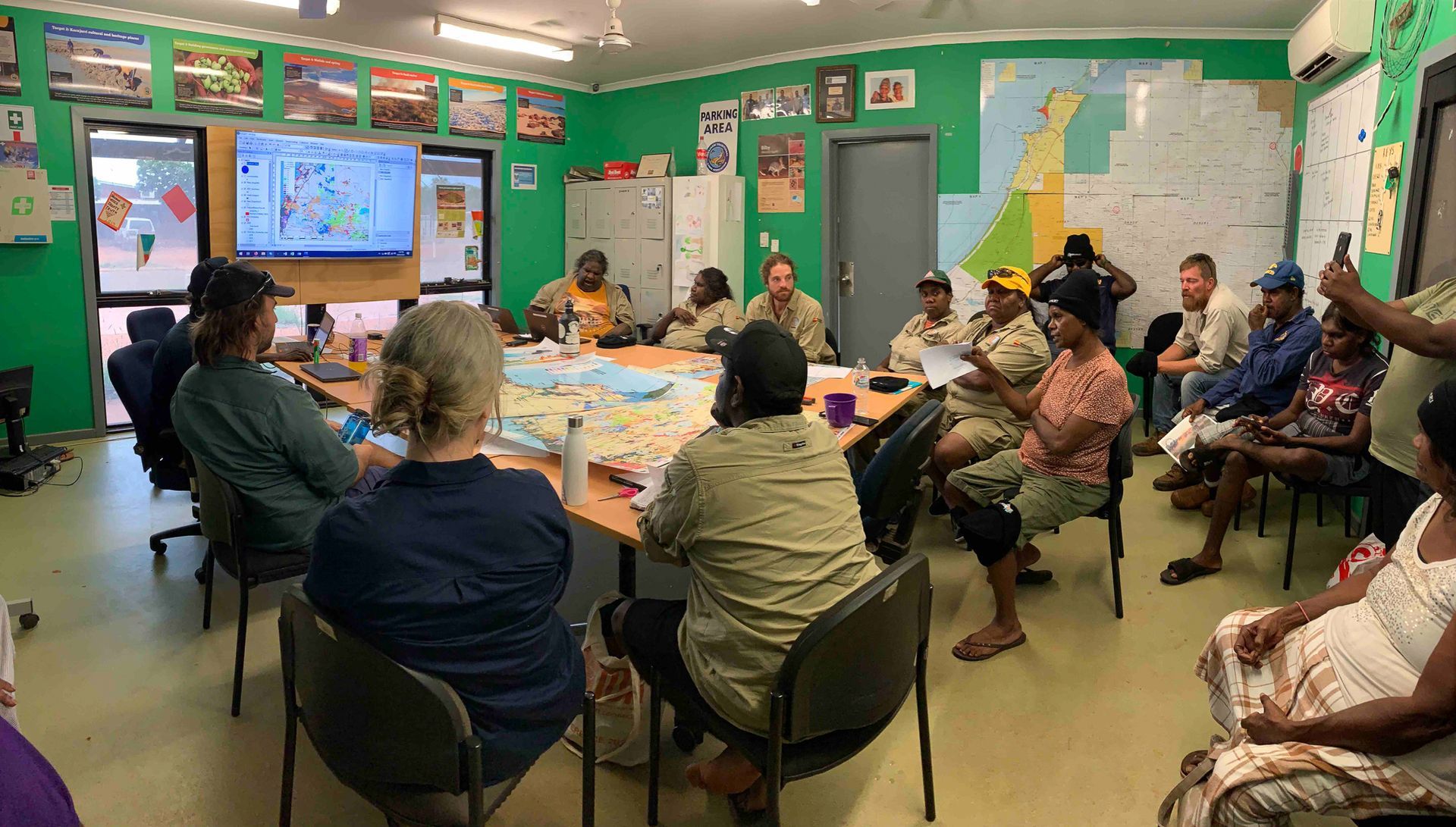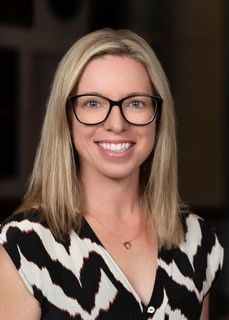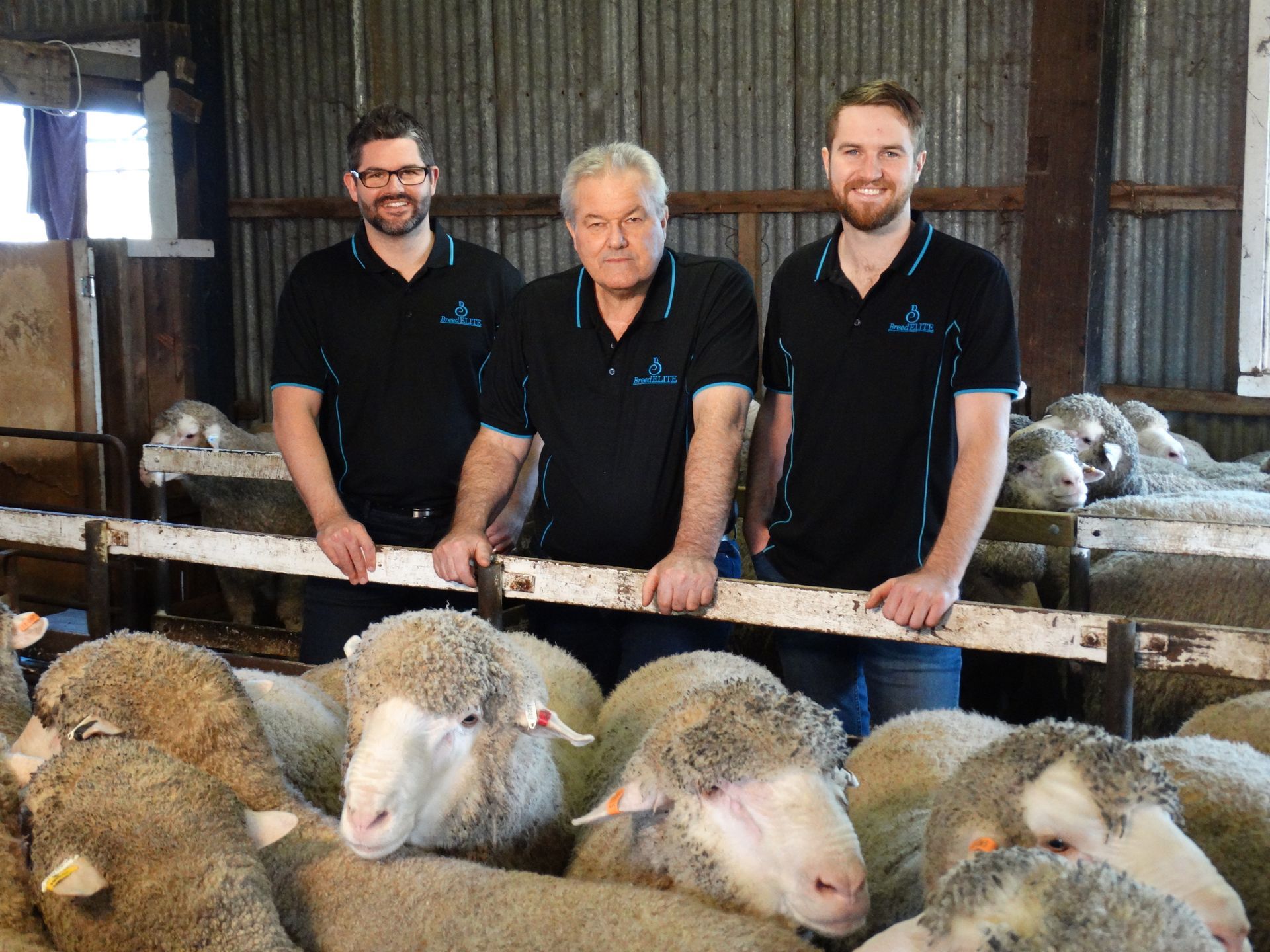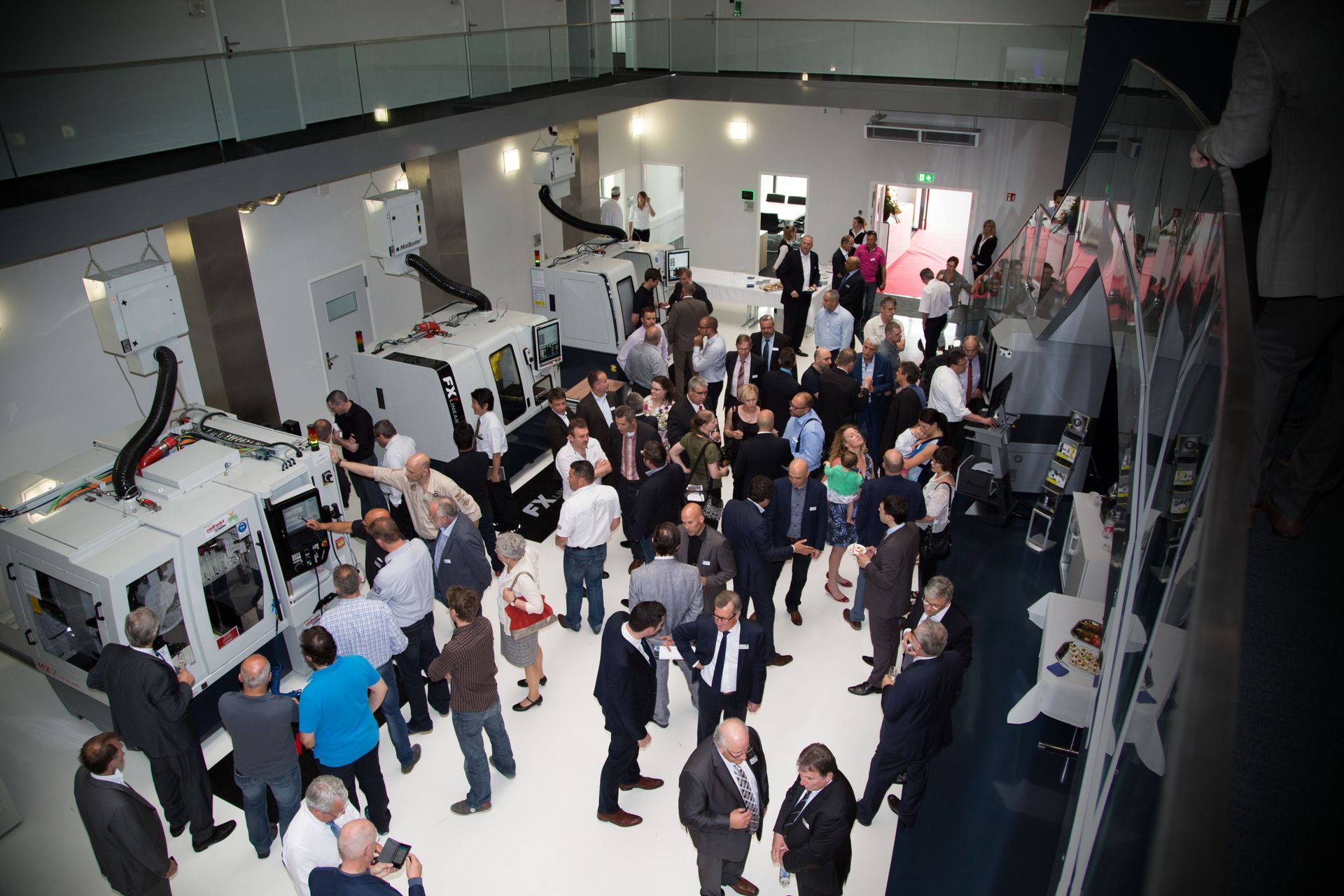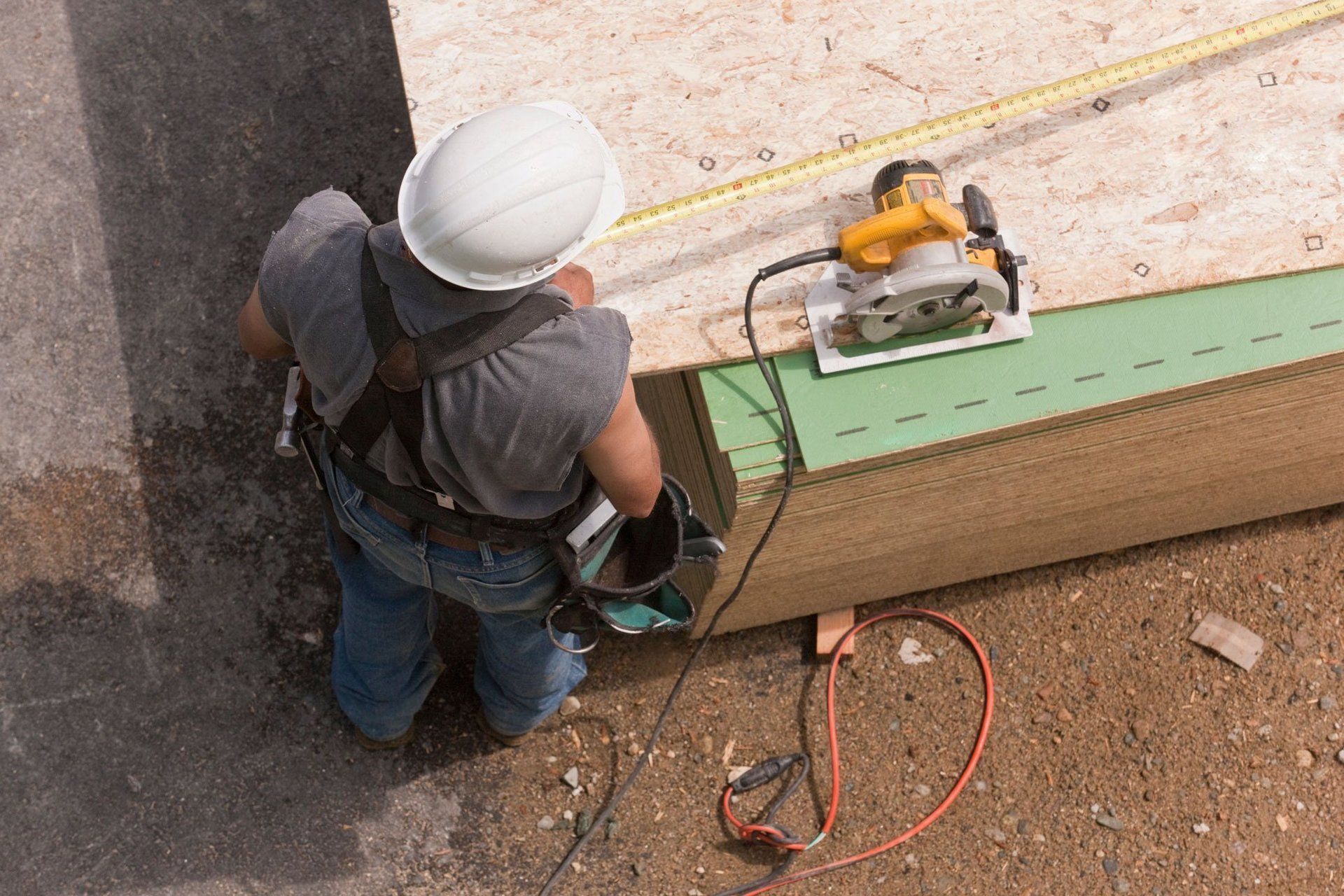State of our Innovation Nation: Peter Farrell
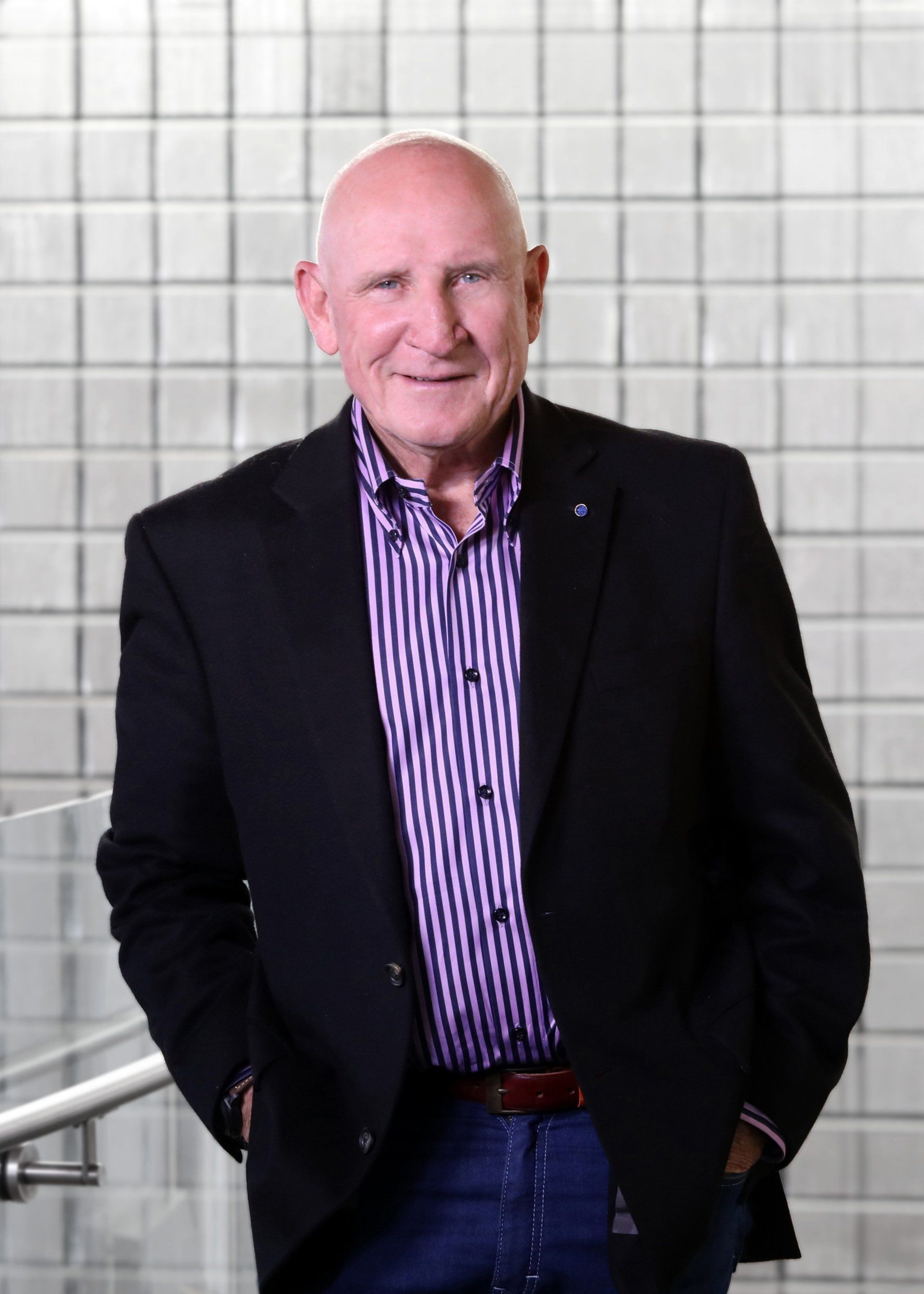
The following interview is an excerpt from our ongoing dynamic book: Australia’s Nobel Laureates Vol. III: State of Our Innovation Nation 2020 and Beyond, taking a whole of economy health check of Australia’s innovation ecosystem.
Dr. Peter Farrell may well be Australia’s most successful scientist/entrepreneur. His company ResMed launched in 1989 with six people has grown into a global force operating in 140 countries with a market cap of over $25bn USD. The rapidly growing company now transcends its core business in sleep apnoea technology, with major momentum in AI, machine learning, new acquisitions and driving health policy thinking and methods -such as out of hospital treatment in the USA and internationally. His headquarter location in the USA has not kept him away from Australia – he visits at least quarterly and has been active in lecturing on innovation and entrepreneur principles. He took time out of a crowded schedule recently to catch up and reflect with our editors.
1MG : Has your definition of innovation changed or evolved since we last spoke a few years ago?
PF: Not at all. It remains, as we enunciated initially when we set up The Innovation and Entrepreneurship Hub where I will be speaking tonight. Innovation only occurs when it solves a problem which someone is willing to pay for. If there is no cheque, it is not innovation.
1MG: That was first at the Australian Graduate School of Management, yes?
PF: Right, but now it has evolved and is at UNSW, and it continues very successfully with its core principles intact—which exist solely to accomplish the task of building companies which solve problems and how to do it.
1MG: We recall that the starting block of the core methods or principles had to do with the definition of innovation in your view.
PF: That would mean a definition of innovation by anyone whereby a product or process is delivered into the marketplace and someone pays for it because it solves a problem. But what we teach is no different to ResMed operational principles. It goes into this question of accurate commercial analysis more deeply. We want to see companies which deliver something needed, meaningful and lasting–scalable–into the marketplace. A company which creates jobs, produces profit for growth, for further accomplishment. In the end start-up need to deliver commercial value.
1MG: Much of this has to do with risk minimisation?
PF: Yes, in a methodical way, thorough way. We have developed a template to enable the analysis. The first principle – and they are all vital, but the order of them makes sense, because you should stop if you can’t validate or prove the first three. Is there a market which is big enough and accessible? Are we the right people to be able to deliver the innovation? And, can we see our way clear to raising the necessary finance? It is also vital that one has defendable intellectual property.
1MG: Those are complex questions.
PF: Well certainly critical– if it becomes too complex, quite possibly you are already on the wrong track, or approaching it inadequately. Anyway it is the first break point. And the second of course is equally essential: “Can I attract world class people to do this?” This, being both at the evaluation stage, and later if you proceed.
You need six people in a room of very high calibre and knowledge to assess the opportunity. They have to interact, and discover whether the idea really has legs. You do not want to end up drinking your own bathwater.
1MG: Time and again, it will always come down to people and their commitment.
PF: It’s true, you need smart tough people. People who understand what Winston Churchill said “If you think you are going through hell, then keep going”. Building companies is tough–and part of that makes up the next step in the analysis.
1MG: Which no doubt comes to money.
PF: Yes! “Do you have a viable strategy for meeting current and future financial needs?” Where is the money coming from? A number of useful points of analysis come out of this question. “Have we de-risked this adequately” for example.
1MG: And finance people are going to ask a lot of searching questions.
PF: Yes and preparing for this is itself an important exercise in getting your program together. One area that I urge focus on – as will finance people – is timing, the fourth principle. How long this going to take? This is an area constantly prone to miscalculation. It is common to find you have everything in order but it winds up taking twice as long as planned, costing four times as much. Or, the reverse of that happens, it takes as long as hoped and costs twice as much. Timing and costing require serious consideration.
1MG: It is very much about numbers as well as substance of the idea.
PF: Correct, there was a famous computer scientist, John McCarthy, who coined the phrase artificial intelligence in 1956. He was a mathematician associated with MIT, Princeton, and Stanford. McCarthy was also a cognitive scientist, brilliant guy, and he said something very striking, really relevant. This needs to be repeated especially here in Australia with an apparent decline in STEM enrolments. “He who refuses to do arithmetic is doomed to talk nonsense”. In both business and science this is absolutely true.
1MG: No glory in business without accurate numbers. This takes us to point number five.
PF: This is the sort of person we need more of, that has marvellous scientific thinking. Point five would be about something a little more mundane, but increasingly important in today’s world. Protection of your IP: Either you are sure it is truly non-discoverable, or you protect it legally, but you must be aware of it. Or both, be as invisible as possible and protect it. But guard your IP.
1MG: This ties in with the importance of cyber security?
PF: Absolutely, one manifestation of a growing problem from other countries and people is IP theft. There are poor ethical standards in many places, and I am being kind.
1MG: That, more broadly, leads naturally into competition as a subject.
PF: Yes, because in the order we work through this business of entrepreneurial planning that is number six – which raises a big question. “What is the shape of the potential competition? Who else can get into this space once you have proven it works?”
1MG: That would be a continual process, probably as one grows, with a dedicated team.
PF: It requires alert, mindful leadership from senior management and indeed, all staff. Everyone counts. This is why number seven is very important. It recalls number two in its way: people, personalities. You really need a high tolerance for bad news. You have to have great persistence and determination, recall again what Churchill said.
1MG: Winston Churchill remains a great inspiration for business and any pursuit. If an entrepreneur is temporarily languishing, all he or she need do is to compare themselves to him in 1941, the world falling apart, circumstances beyond dire, and find themselves comparatively unchallenged. Let’s discuss point eight?
PF: We go back again to the value of arithmetic, the utter need for financial analytics. This is pertinent at formation, and obviously never stops. It has to become more and more robust as you grow. If you can not figure out how and when you are breaking even, this is a very bad situation. And it can only be solved by the combination of analysis and numbers. Reality based numbers.
1MG: You understand the specific mission we have with this major publishing project - more than just a book it’s a campaign for Science and Innovation in our country, to get at some deeply rooted issues, look at our culture.
PF: Of course, we have all been working on this over a long period of time.
1MG: So starting off here on a critical path, what does Australia have going for it?
PF: A lot clearly, which is why it is worth shaking up and seriously considering. We can do a lot better. We have a good legal system, an efficient working environment, we have relative stability. We have wealth. Our venture capital industry has grown and improved. Australia has a much higher recognition internationally than 20-30 years ago, with more soft power. We are a Western nation pivotal in Asia. Not so many countries have our in-built advantages. So as a culture we should expect more of ourselves.
1MG: In what terms?
PF: By a number of measurements. We should be producing more exportable technology, doing more R&D or product development, we should be more aware of and respectful to the achievements of our scientists, stimulating our children to engage with science early, to be undaunted by it, to enjoy it. There are handful of real priority elements which ought to be encouraged into the culture – because as you suggest, this is really a cultural issue. There should be a shared understanding that like it or not, the future of the world, our future wellbeing is tied to scientific and technological progress.
1MG: You’ve been in the USA for a couple of decades now. What comparative remarks would you make?
PF: First, I remain Australian – I was born here and I love it. Maybe that is why it frustrates me at times. I also deeply appreciate aspects of American attitudes about work, challenge, and competition. There is much less of an automatic belief that government is there to fix any problem. It is largely a culture of self-reliance.
It is facile to suggest that Australia should simply become more like the USA. We are in this rather unique position as a younger country with its own advantages to selectively adopt from and emulate behaviours, and attitudes, and practices from other countries, including, maybe especially, the US.
1MG : Could you be more specific?
PF: These are huge issues, but they can at least be isolated. Education is one, probably foremost –geared to produce more, and be better in the areas we are discussing. We should deliberately inculcate a respect for STEM and a feeling for it, and stimulate an interest in it from an early age, the way that China does now.
Another is talent attraction, the all-important people ingredient. If we are suffering from a brain drain because of better opportunities overseas for our top people, then this needs a serious re-think. I would have thought it not difficult to create programs to attract top overseas talent in the 28-35 age bracket. In science, or technology it is not that hard to create a concerted program through collaboration between universities, industry, and government, with Australia as a destination for young highly talented researchers. Tech and science people of high calibre –it would seem to be amongst the most attractive propositions on Earth.
1MG: What else?
PF: It’s a generation long process composed of many parts. But thinking about this now, it is going to come down to a widespread and continual effort to celebrate achievement in science and technology, promote it as the future it really is. This is while creating more mass in our laboratories, boosting start up culture, getting more intensity from our Universities, more strength in our belief system that science and technology are dominant, noble concerns, not sideline issues. I include the wider corporate sector in this, an utterly vital part of constructive change or improvement. When we speak of culture, ideally all Australians would be as proud of our scientists, engineering talent, and our innovators as our sports heroes.
Looking back 40 years, clearly Australia has grown up a bit, progressed. For example, thank God the tall poppy syndrome seems to have receded. That’s a good cultural change. But when I look back at the agents of progress in this area, it is like anything else, it comes down to a handful of people really dedicated to this ideal. Barry Jones, our first Science Minister was a leader on this, too outspoken for his peer group at the time. But he was right, and Kim Carr carried on with the message, as did John Bolton. There have been others but these stand out as deeply committed, vocal, influential, and committed over the very long term. However, they were more at the alter of basic science as opposed to translational research which is where it all happens.
Yes, things have improved. CSL and ResMed’s contributions have shown that we are capable of innovation and entrepreneurship. Others, corporately ought to step up. There is a lot of potential. We are progressing, we just desperately need to accelerate the process.
This piece is taken from our upcoming book, Australia's Nobel Laureates, Vol. III , celebrating Australian science and innovation. Taking a whole-of-economy healthcheck on Australia's innovation ecosystem, the book features words from industry, academia, and Government.
